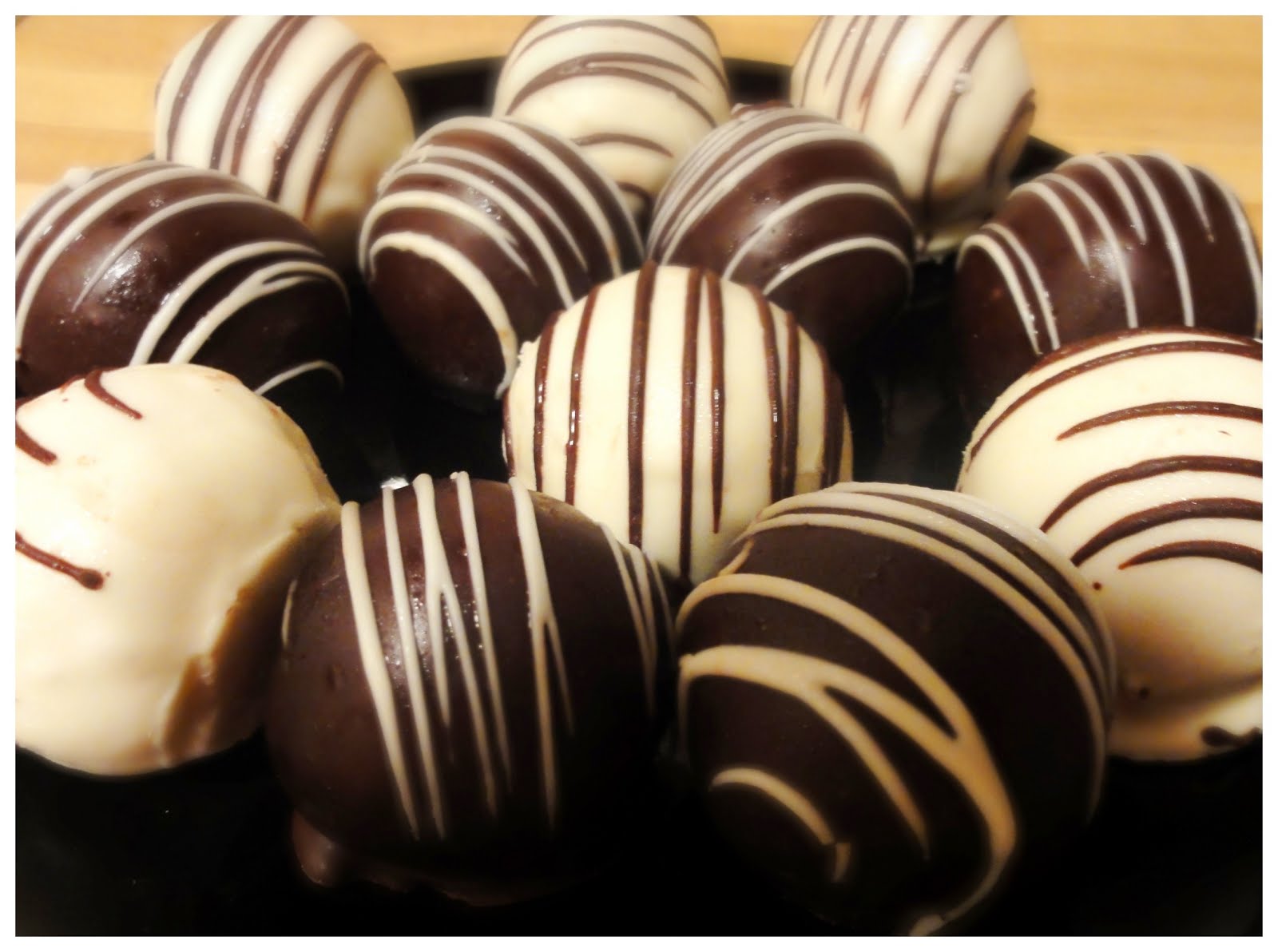Please Pass the Paraffin… or Not!
As my husband and I chatted over his Father’s Day breakfast, he shared happy childhood memories of long-ago breakfasts with his grandmothers and of the meals of wild game and home grown vegetables his grandfather had provided.
Food – and the preparation of food, is an integral part of our lives, our memories, and the heritage we pass to the next generation. Influenced not only by taste and cultural preferences, but by availability and (increasingly) sensitivities to certain foods, we each develop unique, personal favorites that will last throughout our lifetimes.
Some of the foods Emma and the gang eat in Season of Forgiveness are based on my own family’s recipes passed from one generation to the next. And some, such as the Trout Almandine, are items that would have been served in that particular time and place. In my search for authentic foods and recipes that my characters could and would eat and enjoy, I read through a lot of recipe books. The amount of butter and cream used in the Victorian era was astounding – and gave my modern day stomach a grumbly twinge just thinking about it.
I was baffled by so many old recipes that included paraffin as an ingredient. I mean, this is the stuff you melt down and pour over the top of the jelly jars to seal them, right? It’s wax. It’s made from petroleum. I freely admit that I’m no foodie. I can cook. And I have a few family favorites to my credit. But I’m far from a gourmet chef. So I had to check this out. And what I discovered really surprised me.
 Paraffin was used in baking during World War II when rationing and scarcity made butter and shortening hard to come by. Resourceful cooks used it to stretch ingredients a little further in many recipes. Here’s a Paraffin Sponge Cake Recipe that I stumbled across.
Paraffin was used in baking during World War II when rationing and scarcity made butter and shortening hard to come by. Resourceful cooks used it to stretch ingredients a little further in many recipes. Here’s a Paraffin Sponge Cake Recipe that I stumbled across.
www.bbc.co.uk/history/ww2peopleswar/stories/85/a5416085.shtml
And, check out my website for a few recipes I found in an old Methodist church ladies cookbook. (These are tasty treats by Midwestern US ladies with names like Leona and Ethyl and Edith.) www.templamelnick.com
Paraffin is added – even today – to many candies, and especially chocolates. The paraffin gives the candy a smooth, shiny finish and prevents it from melting. It also inhibits bacterial growth. Well, that sounds okay. It’s also added to a variety of other processed foods. So, whether I realize it or not, I’m probably ingesting paraffin. Is that bad?
Actually… it could be bad. If you scarf down the aforementioned Paraffin Sponge Cake, you may want to make sure you’ve got immediate access to good plumbing. Seriously. Paraffin is used to treat colicky horses and cattle, and is the main ingredient in some over the counter laxatives for humans. But, more long term effects could be potentially serious. According to a study that appeared in the Journal of Applied Toxicology, parabens are fat loving chemicals that build up in our fat cells and were found in significant numbers of breast cancer tumors. (Darbre, P. D., Aljarra, A., Miller, W. R., Coldham, N. G., Sauer, M. J., Pope, G. S. Concentrations of Parabens in Human Breast Tumours. Journal of Applied Toxicology 24(1): 5-13.) Parabens -such as those found in paraffin – are chemicals that effect the body’s ability to assimilate estrogen-related chemicals, potentially leading to an imbalance of estrogen and other hormones. Additionally, the lotions, shampoos, conditioners and cosmetics we use are loaded with parabens- thus creating an even greater possibility of harmful effects.
So, why and I telling you any of this? Simply, this: If you’re determined to replicate Great Aunt Martha’s Candy Balls…go ahead. Enjoy. I’ll even give you the recipe. (Check my website!) But if you skip the paraffin and your homemade candy balls melt all over your grandkids chins … that’s probably even better. After all, I want you to make as many memories as possible with your loved ones. Because the way I see it, that’s what food is all about. Oh, and one more thing… From now on, splurge on the good chocolate… the stuff without added wax and fillers. You’re SO totally worth it.



